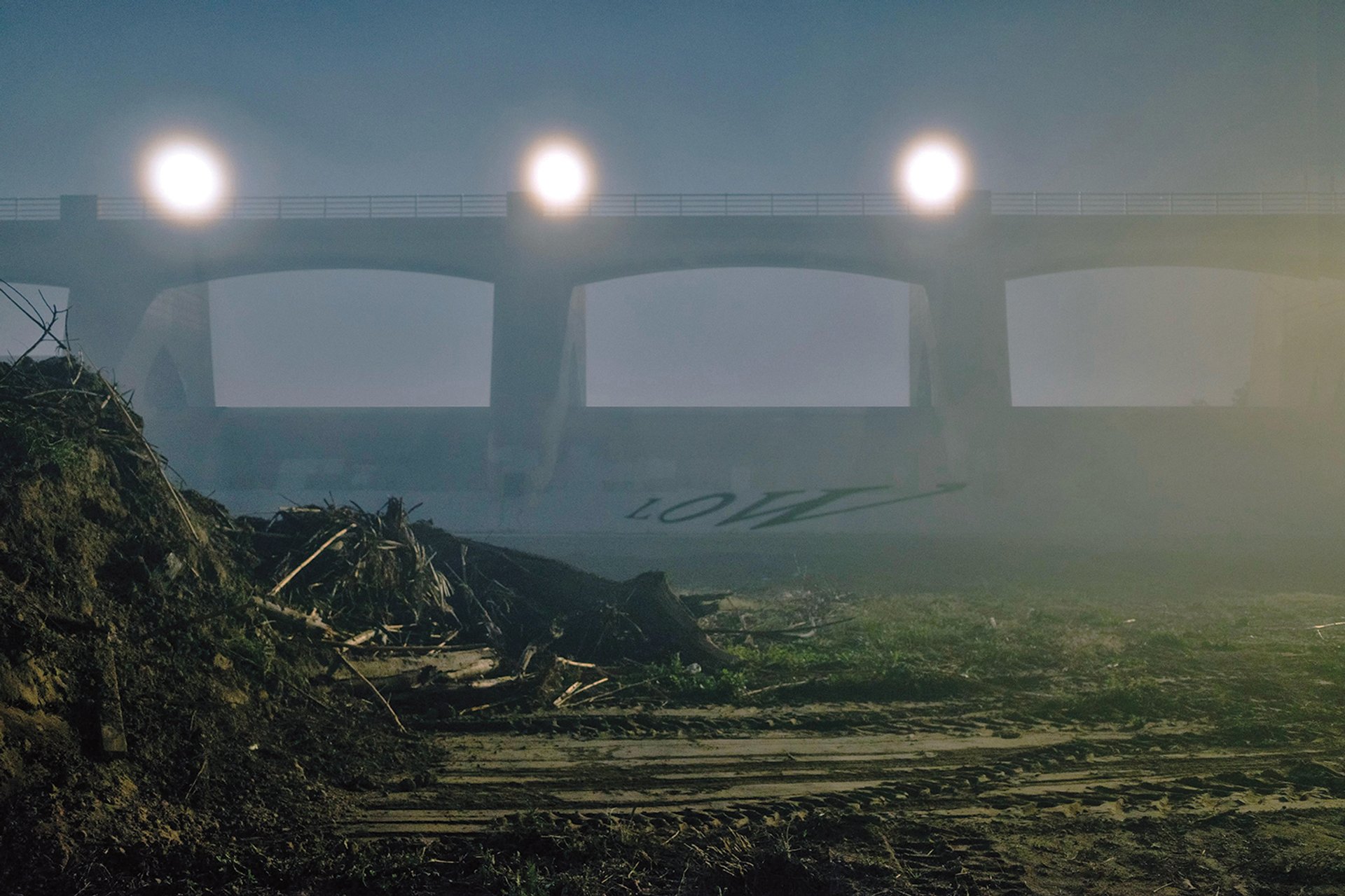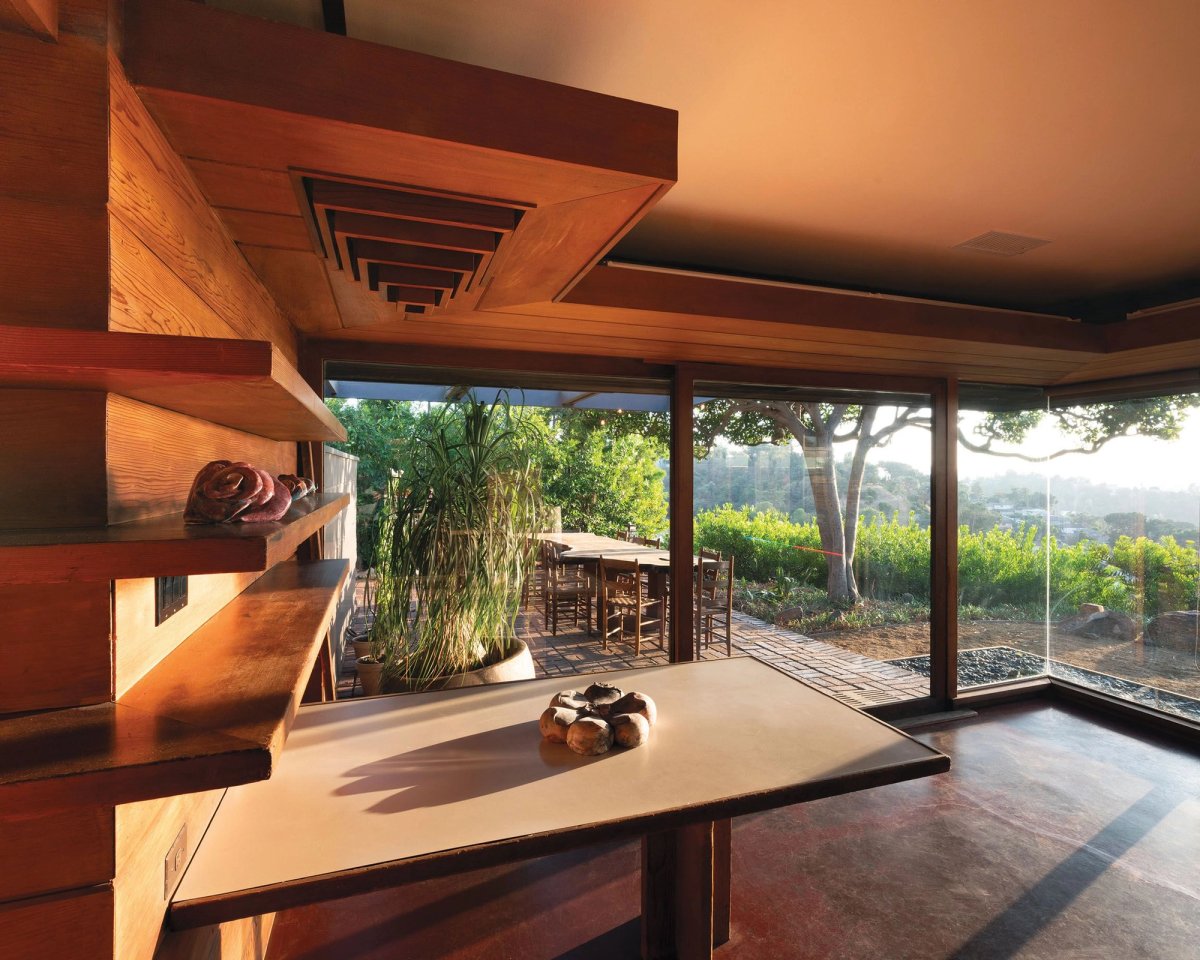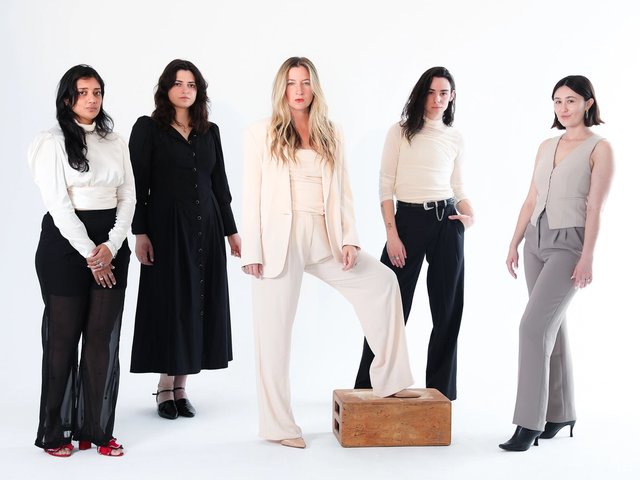Local galleries have long been the bedrock of Los Angeles’s contemporary art scene, from influential titans like Ferus Gallery and LA Louver, to local institutions like Blum and Regen Projects, and newer cornerstones of the scene like Anat Ebgi and Night Gallery. Now, with the local art scene flourishing and powerful outsiders from New York and beyond moving in, a new generation of homegrown art spaces is keeping the city’s hardscrabble and experimental character alive.
“Covid-19 hit while I was at ArtCenter [College of Design] in 2021, with all of its restrictions, so I started looking for a space where maybe I could show exhibitions in the front and have a studio in the back,” says Alex Nazari, the artist who runs the gallery Gattopardo. The same sense of community that led to the founding of that space also led Nazari to its original location, in Cypress Park. “We found this place near Footsies, a bar where a lot of artists go to hang out. We started doing shows. It never did become my studio.”
Gattopardo’s collaborative spirit has resulted in two-artist shows featuring Dan Talbot and Elliott Hundley, COBRA and Ken Kagami, and Dirk Knibbe and Gabriel Madan, as well as thematic group shows. Exhibitions by Jennifer West and Lyndsey Marko will inaugurate Gattopardo’s much larger new location in Glendale—one previously occupied by the artist-run gallery The Pit (see p4).

Low, John Garcia’s forced perspective installation, is at present on show at Del Vaz Projects, an exhibition space based in the Santa Monica home and garden of the curator Jay Ezra Nayssan Courtesy the artist at Del Vaz Projects
Los Angeles has always lent itself to unconventional exhibition and performance spaces, fostering an informality and openness that is harder to come by in longer established art capitals. In addition to traditional white boxes, the city offers alternatives for showing art, like Olympic Car Wash, an exhibition organised by the French German, Los Angeles-based artist Edouard NG around concepts of displacement and overachievement within the Olympic Games (until 10 March). Marking the centennial of the first winter Olympics in Chamonix, France and this year’s summer games in Paris, the artist structured the group show around the French figure skater Surya Bonaly’s 1998 feat of landing a backflip on one blade, the first and only competitor to have done so. Bonaly is also featured as an artist in the show, staged at the Olympic Car Wash near Koreatown (3554 West Olympic Boulevard), open to visitors during regular business hours (and closed on rainy days).
Home is where the art is
Another distinctive fixture of the Los Angeles art scene is the home-gallery format, and a rising generation of curators and dealers are continuing in this domestic vein. At Del Vaz Projects, a non-profit and curatorial platform on the West Side, based in the curator Jay Ezra Nayssan’s home and garden, the artist John Garcia has made a forced perspective installation of one word on the floor of the room with three new “paintings” (poems of four words or fewer painted onto mirrors) about chronic devotion, taking over the courtyard and bedroom of the Santa Monica house.
“There are so many interesting details in every corner that the house itself feels like a sculpture,” the artist Lena Daly says of the redwood walls, built-in cabinet and mirror installations inside the Wolford House, a 1947 home at the top of Mount Washington, a verdant, rolling neighbourhood on Los Angeles’s north-east side that she has converted into a project space and gallery. Designed to be walked through in a loop by the architect James DeLong, a student of Frank Lloyd Wright’s and his Usonian philosophy of planning around nature at a human scale, the house—the first one built on the street—neighbours the gallerist Sara Lee Hantman’s space Sea View. The latter is located in the artist Jorge Pardo’s family home and studio complex, which also functioned as a temporary offsite exhibition space for the Museum of Contemporary Art when he built it in 1998.
In addition to exhibitions, Daly uses the Wolford House to host educational programming. “I went to the San Francisco Art Institute, which has unfortunately closed; I was at the University of Southern California when the MFA programme was dismantled, and I went to the Mountain School of Arts, which has also since evolved,” she says. “Thinking about these spaces and their spheres of influence has inspired me to bottle up some of that philosophical magic.” An early salon evening of programming included Kulapat Yantrasast of Why Architecture (the designers of Frieze Los Angeles’s tent) and Sian Winship, the president of the Southern California chapter of the Society of Architectural Historians, who had toured the home in 1993 and brought her photographs from that day to share with the group.
“The house was sited because the location had incredible panoramic views, all the way from the Griffith Observatory to downtown Los Angeles,” Daly says. “When I initially came here to meet the owner and was offered the lease, I thought, ‘Oh, I would love to live here. But more than that, I would love to share this space.’”
Return of the locals
Timothy Hawkinson describes his eponymous newer gallery in the Fairfax neighbourhood as a “kind of hybrid between Los Angeles and New York”. A native of southern California, Hawkinson worked at New York galleries including Marc Straus for several years between spending time at the Los Angeles institutions Patrick Painter and James Corcoran, the latter of which represents renowned Los Angeles artists like Ken Price and Billy Al Bengston. “I got my deep dive into Los Angeles art history this way,” Hawkinson says.
As for so many, Covid lockdowns offered Hawkinson an opportunity to re-evaluate his circumstances—and a rare moment to try something different. “When the pandemic hit and I wasn’t able to travel, I started missing my regular visits here. That was the push for me to get my life organised,” he says. “I was open in terms of location for the gallery, so I spent several months scouring real-estate listings and driving around and asking people in my network.”
Using the city’s sprawl to his advantage, Hawkinson settled on a storefront on a busy stretch of Beverly Boulevard in the central Fairfax area, where he has organised exhibitions by artists including Jong Oh, Julien Parant-Marquis and Nani Chacon. “I wanted to make it as easy as possible for people to visit. The neighbourhood feels sort of neutral to me. There’s less foot traffic than I would see in New York, but the benefit of that is I feel like I have more interaction with the people who do come in.”
“When I learned about the direction of the development [in this area] two years ago, I got really excited, and it seems pretty evident to me that this was going to turn into a major hub in the Los Angeles art scene,” says Emma Fernberger. Hers is one of the latest art spaces to open in the Melrose Hill gallery area—a Hollywood- and Koreatown-adjacent stretch of Western Avenue that is home to the local outposts of David Zwirner, James Fuentes and Rele Gallery, as well as the design space Sized Studio. “It seemed vital to me that if I was going to open a gallery in Los Angeles, that it should be here.”
After working at New York galleries for most of her career, including a stint at Bortolami, Fernberger was convinced by the emergence of a more defined gallery district that it was time to settle in Los Angeles. “I was really attracted to the idea that the neighbourhood had the potential to become walkable, that you could park your car somewhere and get out and see a bunch of galleries all at once.” She opened her gallery, Fernberger, in late January with an exhibition of paintings by Nicole Wittenberg. “I lived in Los Angeles seven years ago and I wanted to move back ever since I left,” she says. “Los Angeles is in a constant state of development and flux, and there’s just a lot of interesting energy here right now.”
As one of three co-founders (with the artists Kyle Roberts and Ryan McGuffin) of the downtown Garment District gallery Club Pro (which operated from 2016 to 2018), Carlye Packer helped present important early exhibitions by local artists including Rafa Esparza, Timo Fahler, Janiva Ellis and Lauren Halsey. When it came time to open her own space in May 2022, she was ready to have her own name on the door.
“I realised that I could just do it on my own,” Packer says. “There was sort of fear or something, but when I realised I could do it on my own, I thought, ‘Why did I think I need someone else?’” Since Packer took over a large storefront in Echo Park, openings in both gallery spaces—including shows by Ireland Wisdom, Emily Barker and Victor Barragán—have tended to spill onto the buzzing corner of Sunset Boulevard as well as a semi-secret sloping backyard. “I am from Los Angeles and a lot of the artists that I work with are either based here or from here as well,” she says. “It’s very ‘LA local’.”





